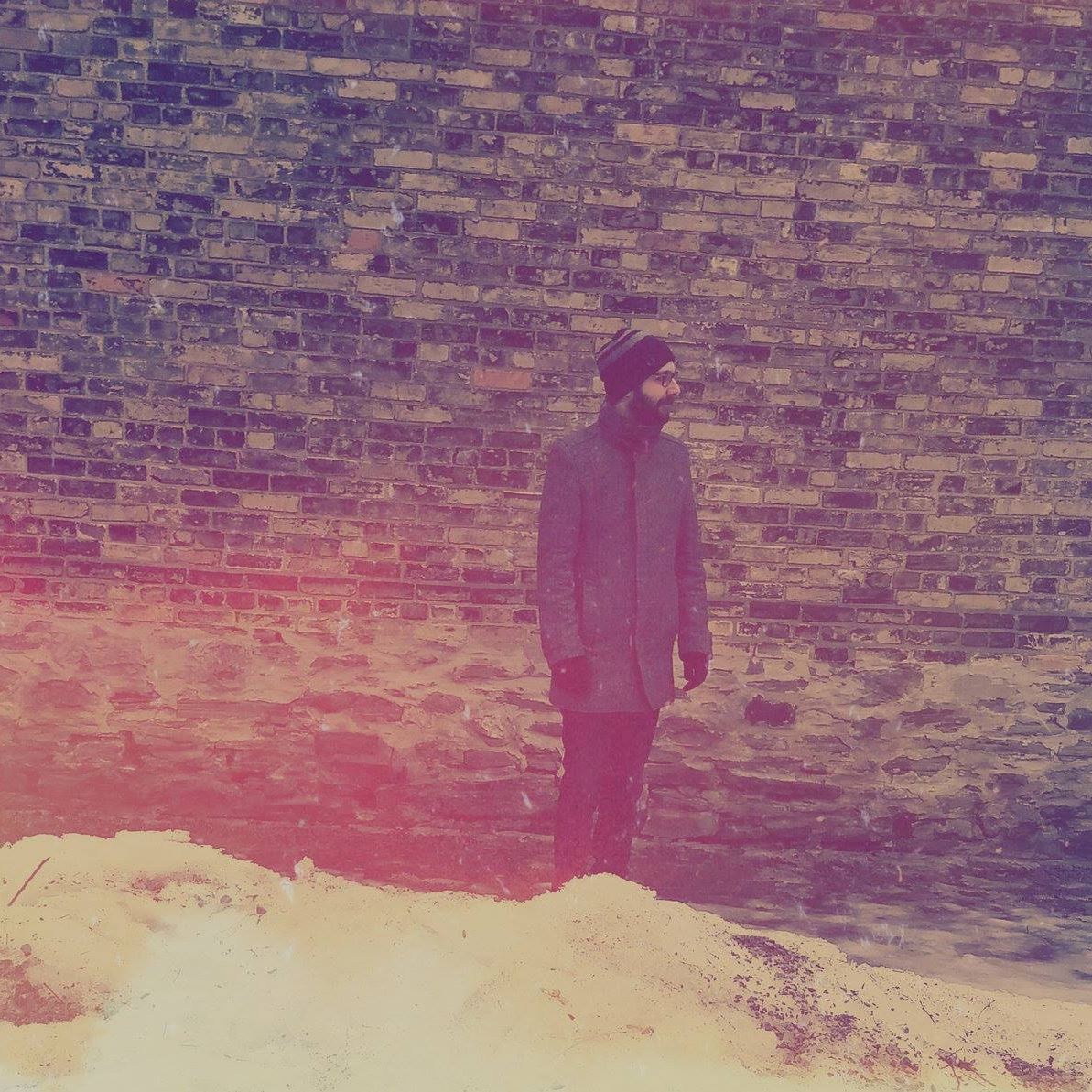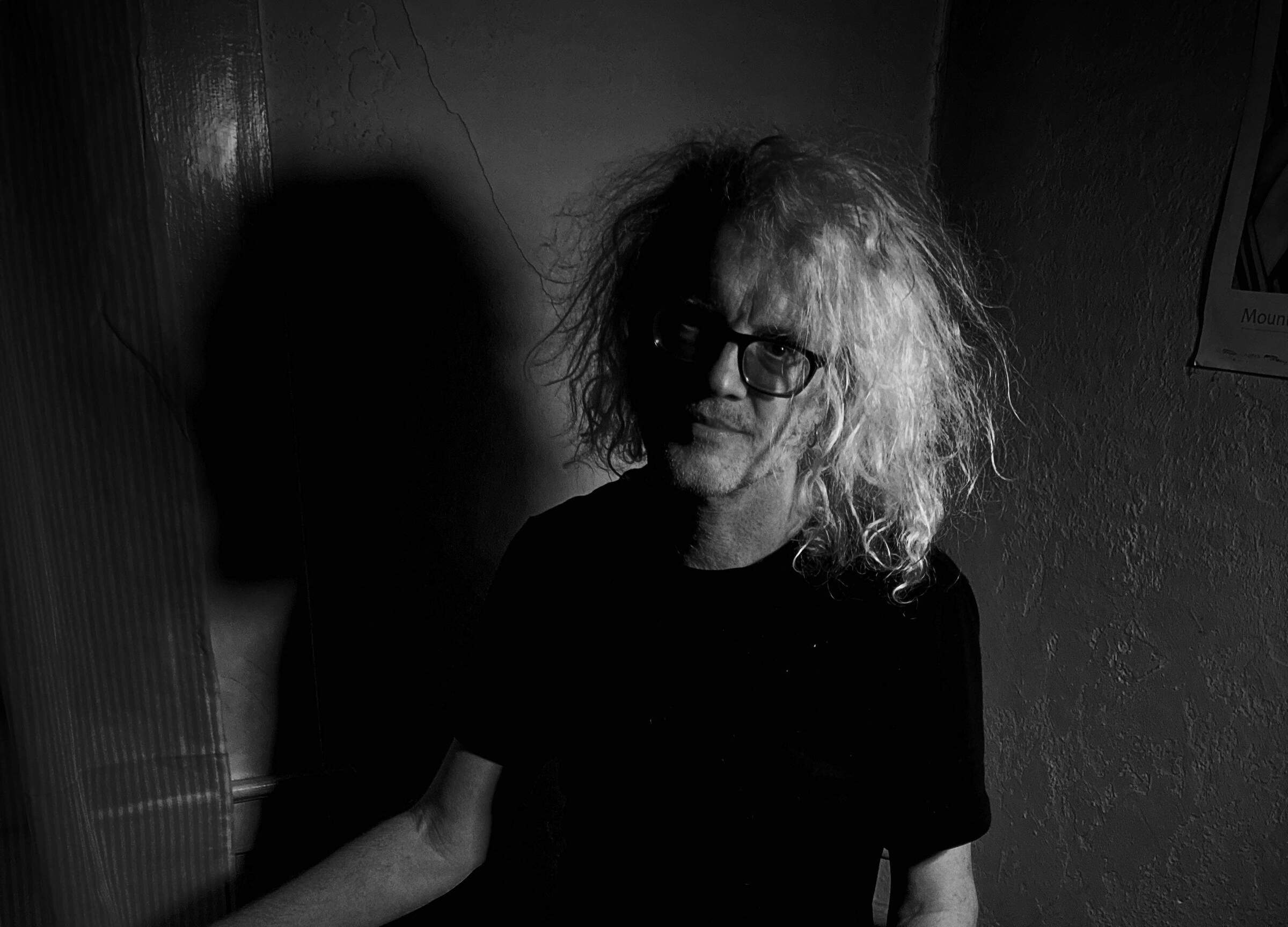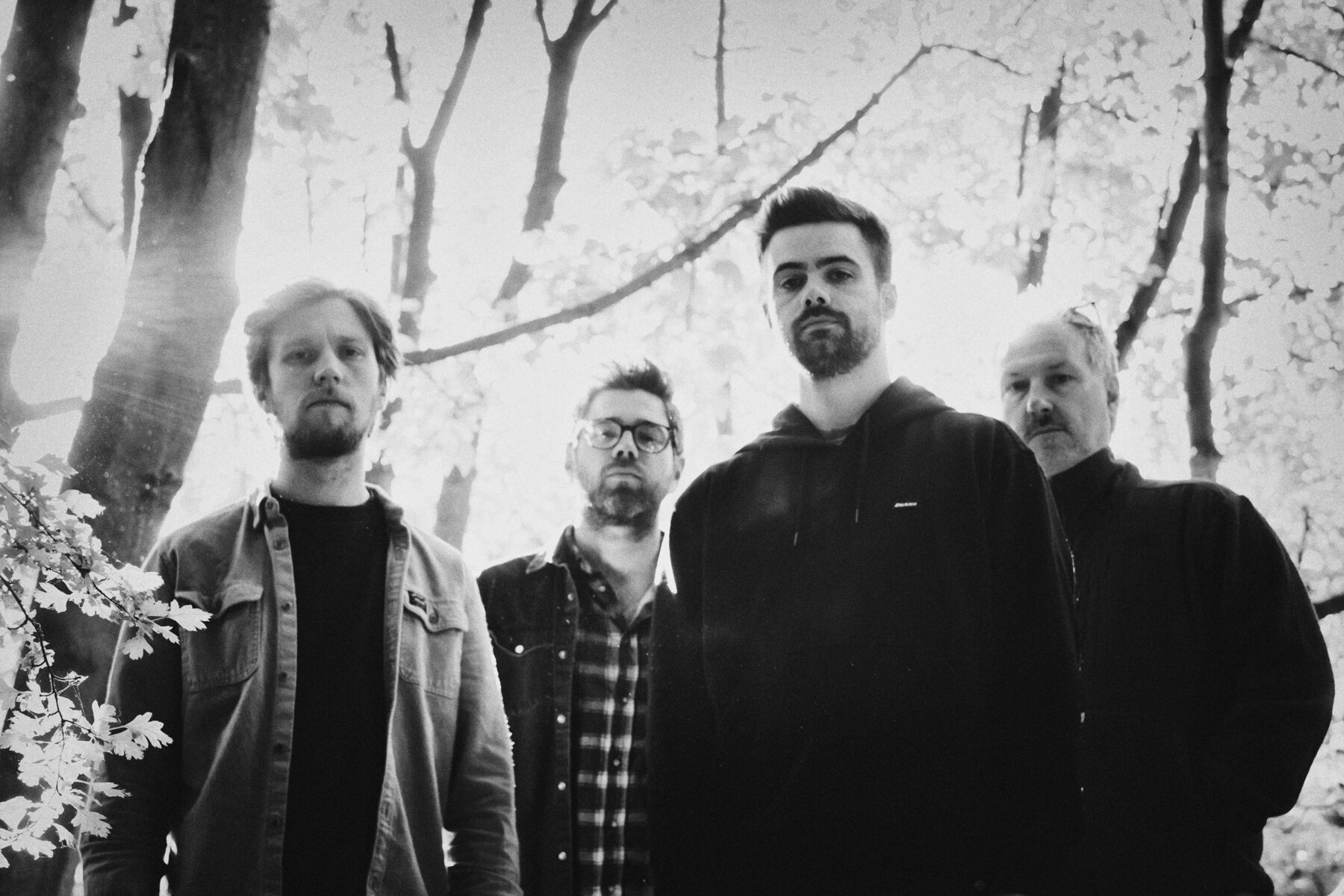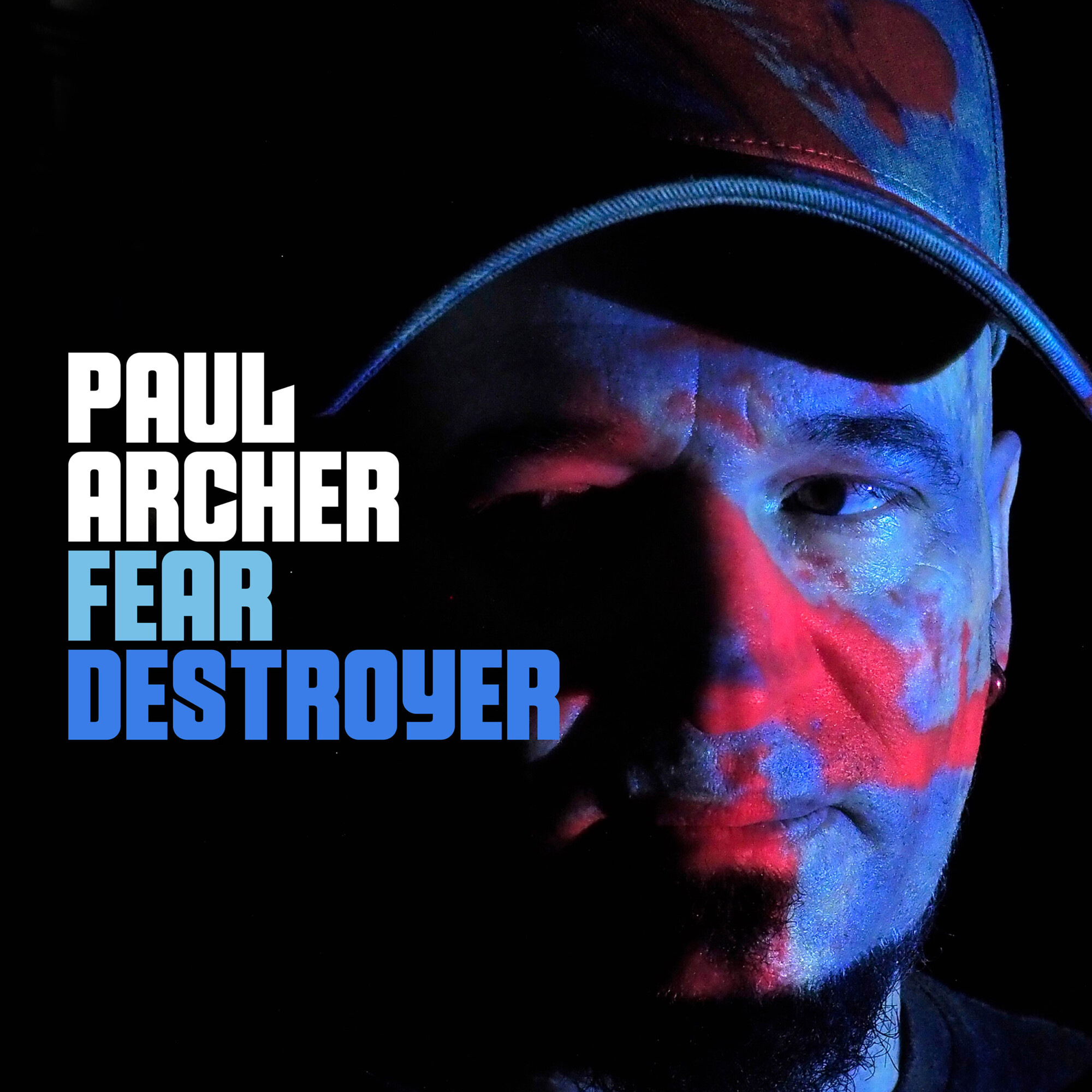Anthéne | Interview | “The first sound tends to dictate how the piece will come together”
Anthéne, one of ambient drone’s most recognised names, presents ‘Maritime’ – a shift from his usual expansive, time-stretching soundscapes, Maritime’ is something altogether more grounded, more focused.
It signals the call of the open ocean, of its vast possibilities and terrors, as a similitude for the night. In both, one faces the peace, the limitlessness, the reverence, and the promise, while at the same time the uncertain, the uncontrollable, the danger and the fear of the unknown.
Anthéne’s patient style is clear throughout the album, shimmering guitar tones overlaying with warmth and stability, yet the addition of more troubled melodies and subtle vocal parts make for something far more poignant.
One of your latest albums, ‘Maritime’, is quite different from your usual soundscapes. What in particular did you want to address with it?
Bradley Deschamps: I think ‘Maritime’ is one of the more dense albums I’ve made. There are a lot of layers in these pieces and many of them are quite structured, these feel more like songs than soundscapes to me, if that makes sense. I tried to give each piece movement and introduce textures that I haven’t really incorporated before, such as my voice and granular synthesis. I’m glad it comes across as slightly different as that was certainly my intention.
Are you usually approaching albums with a certain concept or is it more spontaneous effort?
It varies depending on the album, but most of the time it starts as pretty spontaneous and a theme develops as I’m working on the album. In the end a few pieces don’t make the final cut as they don’t fit with the theme, or don’t work in the flow of things. ‘Maritime’ didn’t really start with a concept, but a theme started to creep in after a few pieces were completed. Sam from Ambientologist also helped with arranging the pieces in a way that best spoke to this theme exploring the vastness and unpredictability of the ocean.
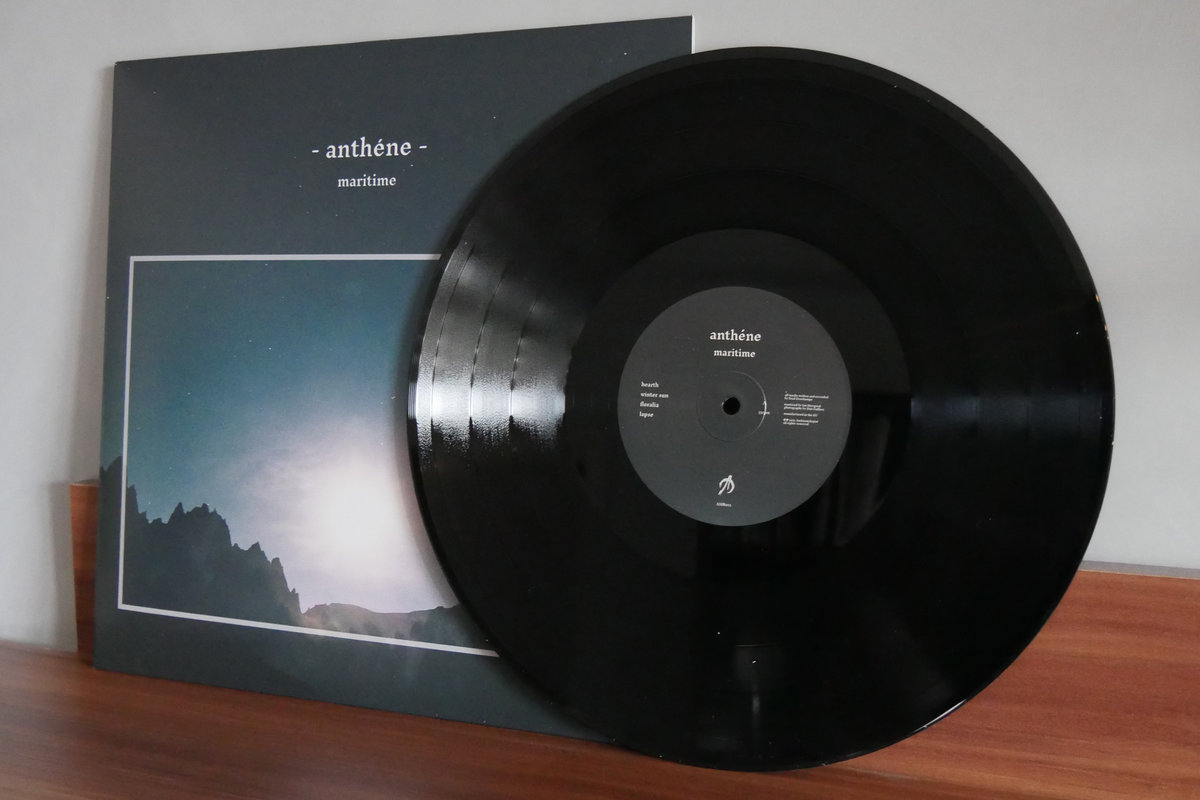
“‘Maritime’ to me is a very insular record”
How would you compare it to another recent album, ‘Held’?
I took two very different approaches with ‘Maritime’ and ‘Held’. With ‘Maritime’ the majority of the sounds were guitar based, and, as I mentioned, some granular synthesis. There are a lot of layers and overlapping guitar textures. With ‘Held’ I recorded some pretty minimal sketches and then felt that they could be expanded with other instrumentation. I used VST violas to create melodies and then passed these along to my friend Simon McCorry to translate on his cello. I also left plenty of space in a few pieces for Clara Engel to improvise vocals, Mike Mucci to add lap steel and Ian Hawgood to add some modular synth. It felt very open to collaboration. ‘Maritime’ to me is a very insular record, very dense and has a real ebb and flow of darkness and light.
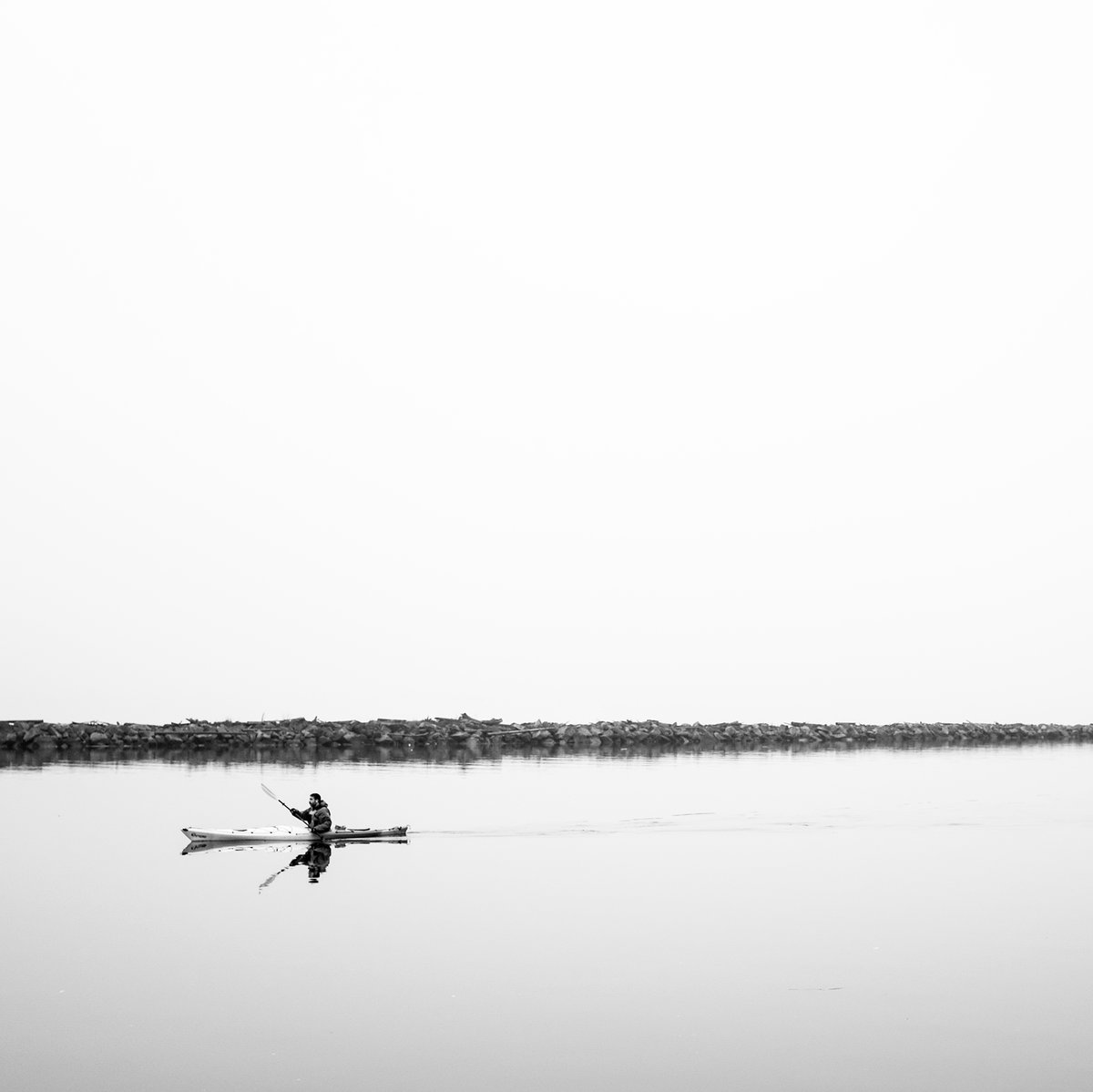
Would you like to speak about the effect and pedals you employ?
It varies depending on the album or piece, but there are a few constants that stay in the effects chain – an octave generator (POG2 by Electro Harmonix), delay (usually El Capistan by Strymon and Avalanche Run by Earthquaker Devices), reverb (Dark World by Chase Bliss and Walrus Audio Slo), lo fi effects (often Zvex Instant Lo Fi Junky) and some granular effects (Tomkat Cloudy). There are others, but these tend to be the main sources. I also use a few plugins for EQ, additional reverb and mixing. In addition to guitar and these effects I use a lot of found sounds, whether they be field recordings or random objects in my home, and acoustic instruments like kalimba, glockenspiel, and tongue drum, as well as a few hardware synthesizers and software string samples.
“The first sound tends to dictate how the piece will come together”
Is your approach to laying down music a building block process?
It often is. I tend to start with either a chord progression or an improvised loop and build from there. The first sound tends to dictate how the piece will come together, whether it will be a more melodic structured piece or something more textural and ambient. I try to build something and then come back to it and make edits and add or subtract elements until I’m happy with the end result. I sometimes have an idea of what kind of piece I’d like to make, particularly if I’m working on an album and would like it to flow a certain way.
You’re also curator for Polar Seas Recordings. What are some of the latest releases you would like to highlight with our readers?
I’ve done a mix of CD, cassette and vinyl releases with Polar Seas. Vinyl has become really difficult to release because of costs, wait times and shipping, so I’m currently going back in the direction of CD’s. I would love to highlight the last few LP’s I released on the label though – one is out February 18th, 2022 and is a project by myself and Ian Hawgood (who runs the Home Normal label) called Rosales. We put a lot of work into the album and are really happy with how it turned out, and my friend Laura Kay Keeling did some really stunning artwork for the LP sleeve. Additionally, I put out a few records by Igor Yalivec, kj, and Ross Gentry last year that I think are really amazing works that I hope people will check out.
Can you tell us a bit more in-depth what the releasing process is like?
Most of the releases on the label are with artists I’ve reached out to, but some are from demos that come in. I try not to take too much on, and have a difficult time keeping up with all the demos I receive, which isn’t ideal. I’d like to be able to give everything a listen and get back to everyone that takes the time to send something, but sometimes it’s challenging finding the time to focus on the label. Once something is selected though and when the music is ready to go for a release, the artist and I usually discuss what format would work best for the album and then share artwork suggestions and work out a timeframe for release that makes sense for the artist and label. I think it’s a pretty collaborative process, often the album is already sorted out before it gets to me, but occasionally I will help with track selections as well.
Are you involved in any other projects or do you have any active side-projects going on at this point?
Yes, I have a few collaborations on the go. I mentioned Rosales, but I also have a release out on Hidden Vibes in February with Simon McCorry, it’s our second collaborative album with guitar and cello (and various other sounds). I also have a collaboration with Stijn Huwels coming out on Home Normal in 2022. There are a couple of other things in the works but likely nothing will come of them until next year, one with James Bernard. It’s been really nice to have these collaborative projects on the go, with such amazing musicians and very kind people.
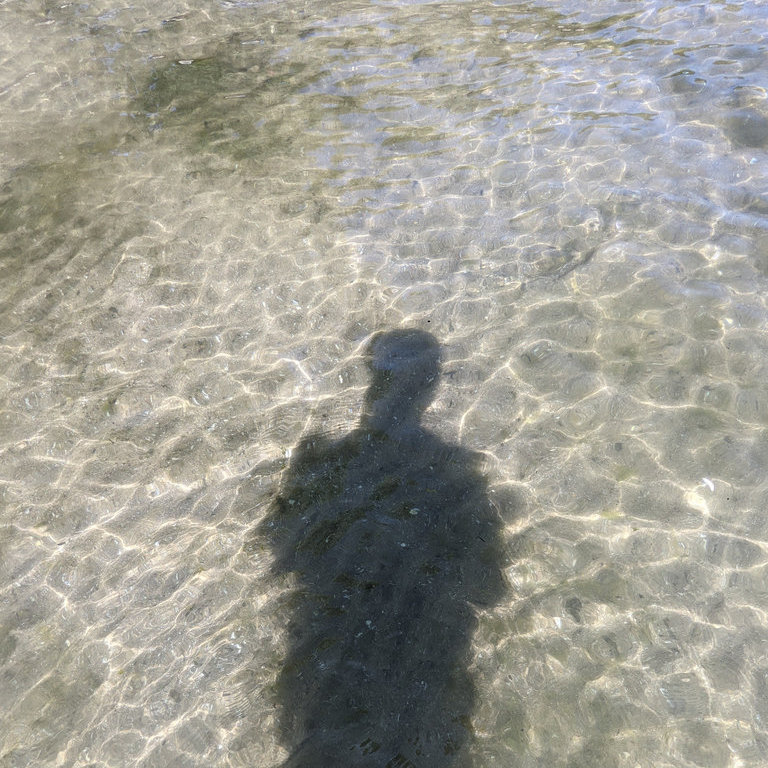
Let’s end this interview with some of your favourite albums. Have you found something new lately you would like to recommend to our readers?
I spend a lot of time searching for music. It’s really tough to keep up with everything I’d like to listen to! But lately I’ve been really enjoying ‘Island of Noise’ by Modern Nature, ‘Optimism’ by Jana Horn, ‘The Quiet Drift’ by Hollie Kenniff, ‘Ma Delire’ by Myriam Gendron and lots of stuff by Andrew Chalk.
Klemen Breznikar
Anthéne Facebook / Bandcamp / SoundCloud
Polar Seas Recordings Facebook / Instagram / Twitter / Bandcamp / SoundCloud
Ambientologist Facebook / Instagram / Bandcamp / YouTube / SoundCloud

